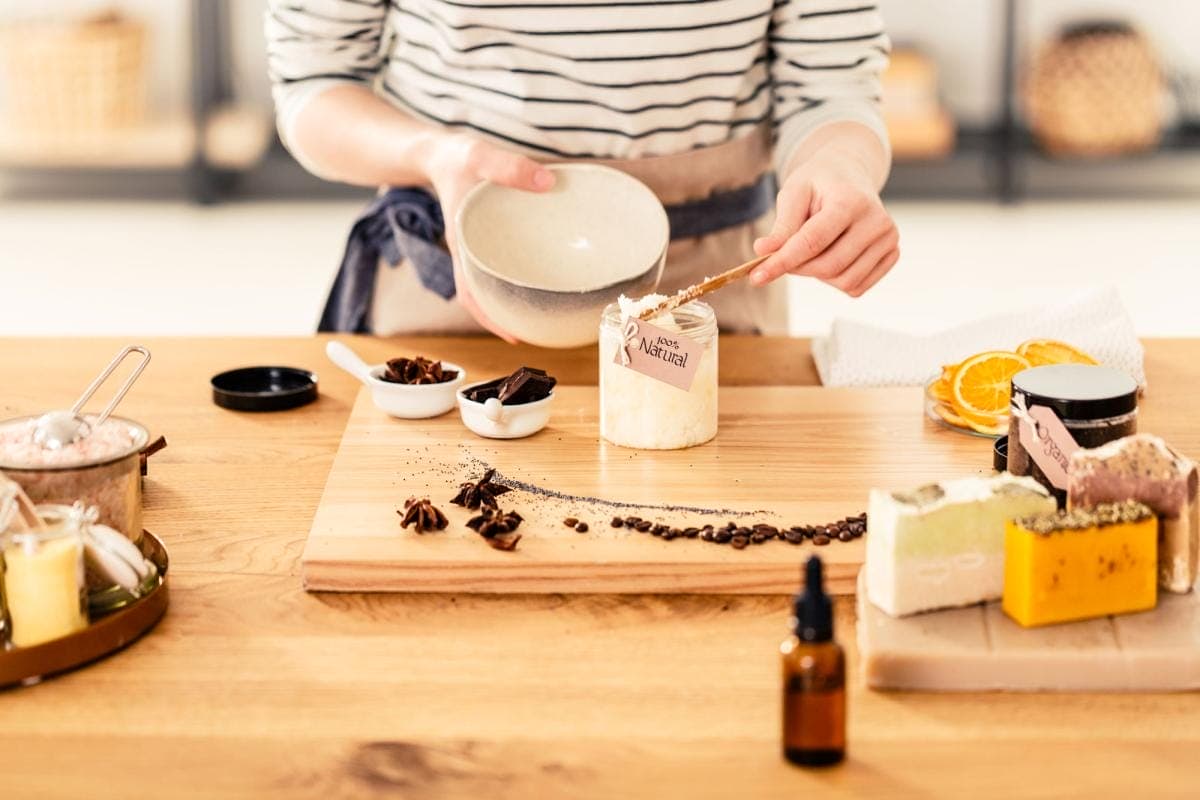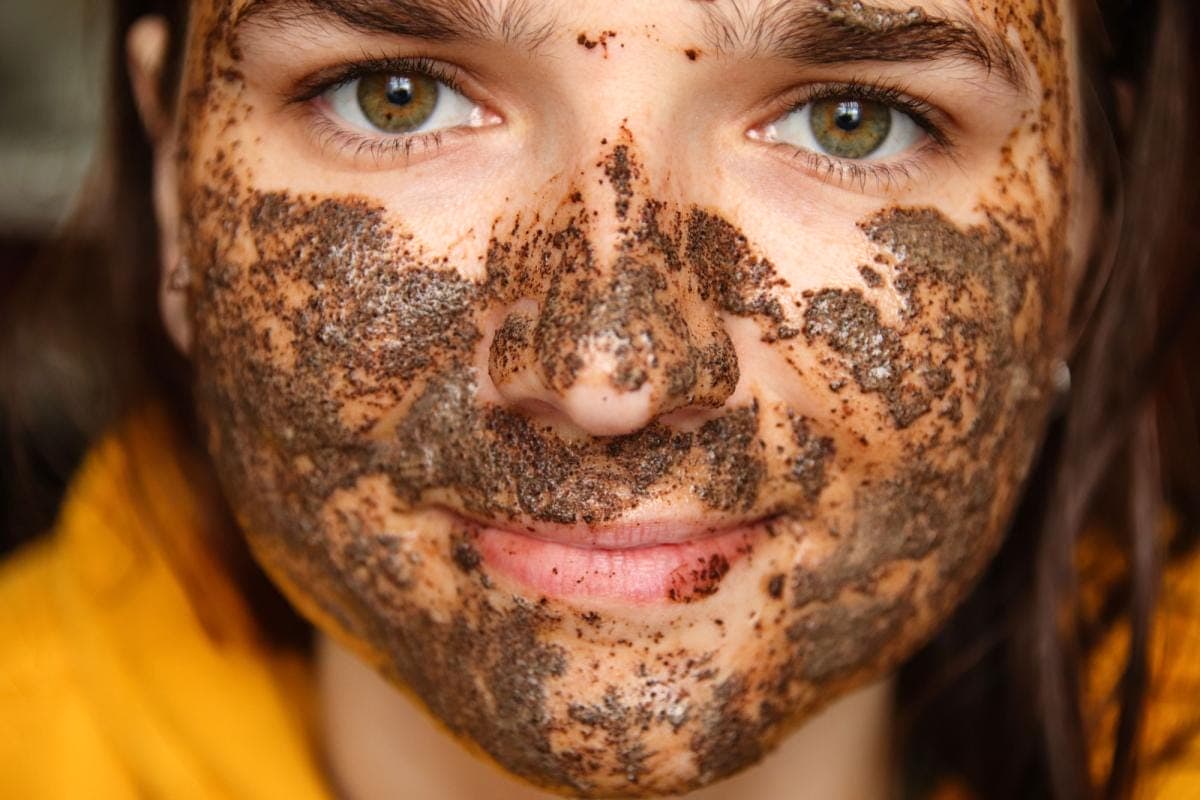If you click on links we provide, we may receive compensation.
The rise of DIY culture has made its way from food and home improvement into our skincare routines. It’s no longer unusual to find someone mixing lavender oil with jojoba in their kitchen while someone else swears by a $60 serum made in a lab. So which one is better? Off-the-shelf skincare or homemade DIY blends?
The answer isn’t one-size-fits-all. Both approaches have strong points – and their fair share of drawbacks. Here’s what you need to know to decide what makes the most sense for your face, your wallet, and your values. Let’s break it down.
Why Off-the-Shelf Skincare Still Dominates the Market
There’s a reason commercial skincare brands like The Ordinary, CeraVe, and Paula’s Choice continue to thrive. They offer science-backed formulas, predictable results, and the reassurance of safety testing. Even mid-range brands invest in years of research to stabilize active ingredients and improve skin delivery.
Take a vitamin C serum, for example. It might look like a simple liquid in a glass dropper, but behind that bottle is a careful dance of chemistry. Vitamin C degrades quickly in air and light, so stabilizing it in a water-based formula requires the right pH balance, supportive antioxidants like ferulic acid, and an airtight delivery system. That’s not something you can throw together in a blender.
Off-the-shelf products also go through testing – stability testing, preservative efficacy, and in many cases, clinical trials to confirm performance. So, when a brand says its peptide serum reduces fine lines after 8 weeks, there’s usually some data behind it.
The Upsides of Off-the-Shelf Skincare
First, there’s convenience. You can pick up a bottle, follow the instructions, and start using it that night. No measuring, no researching what’s safe to mix, no special storage.
Second, these products are typically formulated to minimize irritation. Labs can fine-tune concentrations, adjust pH levels, and include buffers that help reduce the risk of skin reactions. If you have sensitive skin, this is a big deal.
Third, you get consistency. A good product will feel and perform the same every time you use it. That predictability is key when you’re trying to track what works (or doesn’t) for your skin.
But There Are Drawbacks Too
For all its perks, commercial skincare isn’t perfect. Some products rely heavily on marketing and packaging instead of effective formulas. A $90 cream isn’t automatically better than a $12 one – price doesn’t always reflect ingredient quality.
There’s also the issue of added ingredients. Many commercial formulations include fragrances, silicones, or preservatives that can irritate some skin types. While these components serve a purpose – like texture or shelf life – they’re not always needed for results.
And finally, you don’t always get transparency. Ingredient labels can be hard to decode, and brands aren’t required to list concentrations of active ingredients unless they’re drugs (like acne treatments or sunscreen). So, you might not know how much of that hyaluronic acid you’re really getting.
Why DIY Skincare Appeals to So Many
Making your own skincare can feel empowering. You know exactly what’s going on your skin, and you can tailor it to your needs. Want a nourishing face oil for dry cheeks? Mix rosehip and evening primrose. Need something antibacterial for breakouts? Try tea tree oil diluted in jojoba.
There’s also a strong appeal in the simplicity of ingredients. When you make something yourself, you can skip fillers, artificial fragrances, and preservatives that don’t serve your skin. This is especially attractive for people with allergies or sensitivities.
Plus, DIY skincare can be budget friendly. A bottle of sweet almond oil and a few essential oils can cost less than one store-bought serum, and you’ll get dozens of uses from it.
The Real Benefits of DIY Skincare
Control is the biggest advantage. You get to choose what goes in, what stays out, and how it’s prepared. That’s ideal if you’re avoiding specific allergens or following a minimalist skincare routine.
It can also be more sustainable. DIYers often reuse containers, avoid plastic packaging, and buy ingredients in bulk. That can lower your environmental footprint – something many commercial brands are only beginning to address.
And finally, DIY can be therapeutic. There’s a sense of ritual in mixing oils, creating balms, or brewing herbal infusions. For some people, that hands-on connection is just as important as the results.

But DIY Isn’t Risk-Free
There’s a common myth that if it’s natural, it must be safe. That’s not always true. Essential oils, for instance, are extremely concentrated. Undiluted application can cause chemical burns, allergic reactions, or even long-term sensitization. Tea tree oil, lavender, and citrus oils are especially tricky.
Another issue is contamination. Without preservatives, DIY products can grow bacteria or mold in just a few days – even when they look and smell fine. Anything water-based (like a homemade toner or gel) is especially vulnerable unless you’re using preservatives or storing it in the fridge and discarding it within a week.
There’s also the challenge of ingredient stability. Some active ingredients – like vitamin C, retinol, or niacinamide – are hard to formulate correctly at home. Without stabilizers, they lose potency quickly or can even irritate the skin.
And then there’s the risk of overdoing it. Without guidance, it’s easy to combine too many actives or apply something too strong. Just because a little glycolic acid smooths your skin doesn’t mean more will work better.
Serum vs. Oil Blend: A Real Comparison
Let’s say you’re choosing between a commercial vitamin C serum and a homemade face oil with essential oils. Here’s how they stack up.
The commercial serum might contain ascorbic acid at a stable 15%, combined with ferulic acid and vitamin E to boost antioxidant effects. It’s likely water-based, which helps absorption, and packaged in a dark, airtight container to reduce oxidation. It’s been tested for safety and stability.
On the other hand, your DIY oil blend could include a few drops of frankincense and carrot seed oil in a base of rosehip and argan. While nourishing and rich in fatty acids, it won’t offer the same antioxidant protection as stabilized vitamin C. It also won’t brighten or boost collagen in the same clinically proven way. But it could be deeply moisturizing and soothing, and free of preservatives or synthetic ingredients.
The key difference? One is performance-based, backed by formulation science. The other is ingredient-conscious, rooted in customization and minimalism.

Where DIY Works Best
DIY skincare shines when you’re making simple, non-reactive products. Think: oil blends, lip balms, body butters, or salt scrubs. These typically don’t require preservatives and are less likely to go bad quickly.
It can also work well for spot treatments using ingredients like clay or honey, which have mild antimicrobial properties. Or as a supplement to your main routine – like using a homemade chamomile toner after cleansing.
DIY works best when you keep it simple. Stick to a few well-tolerated ingredients and test new blends on a small patch of skin before wider use.
Where Off-the-Shelf Wins
If you’re dealing with acne, hyperpigmentation, or signs of aging, you’re better off using targeted products. These issues often require ingredients at specific pH levels or concentrations – think retinoids, AHAs, or azelaic acid. That’s where professionally formulated products shine.
Serums, eye creams, and exfoliants are often best left to the pros. You’ll get more reliable results and reduce the risk of irritation or instability.
Same goes for anything that includes water. Homemade products without preservatives can become a breeding ground for bacteria, especially in humid bathrooms. Commercial formulas use proven systems to stay safe for months or years.
Can You Combine Both? Absolutely
Plenty of people do. You might rely on a lab-made exfoliating serum at night but use a DIY face oil to lock in moisture. Or maybe you enjoy making a honey-and-oatmeal mask on the weekend while sticking to a store-bought retinol cream during the week.
There’s no rule saying it has to be one or the other. In fact, some of the best skincare routines include both.
Just make sure you know which products do the heavy lifting (like brightening serums or acne treatments), and which ones are for comfort and support (like oils or masks). And always patch test new ingredients – DIY or not.
What About the Cost?
DIY skincare seems cheaper on the surface, but it depends on how you use it. Buying several oils, essential oils, and storage containers can add up fast – especially if you only use a few drops at a time.
Off-the-shelf products might cost more upfront, but you’re often paying for research, testing, and stability. And when used correctly, they may be more cost-effective because they last longer or work faster.
So, the better question is: where do you want to spend? Some people would rather splurge on a science-backed serum and save money by making their own body butter or bath salts. Others prefer the handmade route for everything.
The Bottom Line
DIY skincare gives you control. Store-bought skincare gives you consistency. Neither one is perfect, and neither one is wrong. The best choice depends on your goals, your skin type, your budget, and your comfort level with experimenting.
Just remember that your skin doesn’t care how fancy the label is or how “natural” the ingredients sound. What matters is how it feels and how it responds. If a $6 jojoba oil works better for your dry patches than a $70 night cream, use it. If a professionally formulated acid toner clears up your breakouts while your homemade version stings, stick with the tested stuff.
There’s room for both paths on the shelf – and in your routine.
FAQs
Is DIY skincare really safe?
It can be if you stick to simple, oil-based products and avoid risky ingredients like undiluted essential oils or unpreserved water-based formulas.
What’s the biggest risk with off-the-shelf skincare?
Irritation from added fragrances or using a product with too many active ingredients for your skin type.
Can I make my own serum at home?
Technically yes, but it’s hard to do safely unless you’re only using oil-soluble ingredients. Water-based serums are more likely to grow bacteria or degrade.
Which is better for sensitive skin?
It depends. DIY can help avoid allergens if you know your skin well. But store-bought sensitive skin lines are usually tested for irritation and might be safer overall.
Are preservatives in skincare harmful?
Not necessarily. Many are safe in low concentrations and help prevent mold or bacteria. What matters is the type and how your skin reacts.




